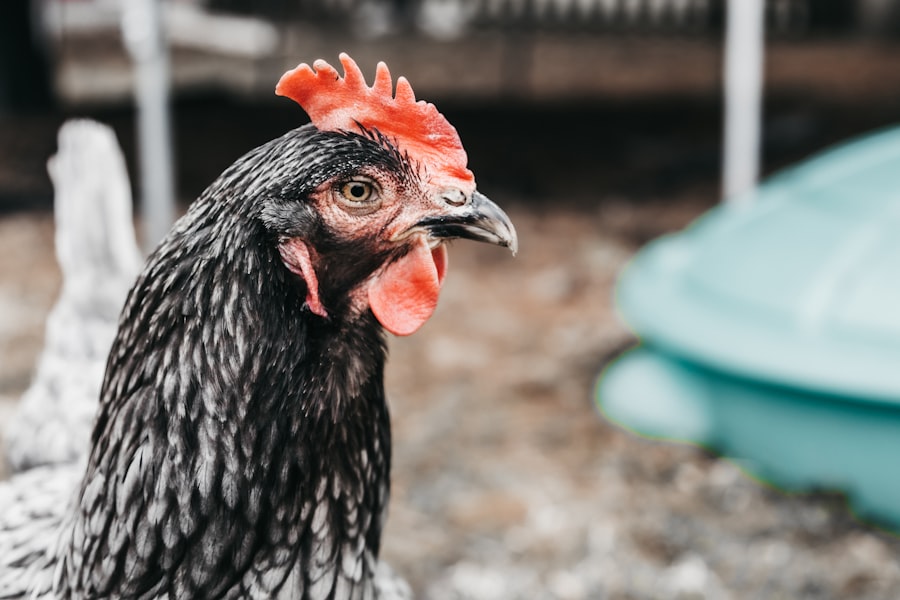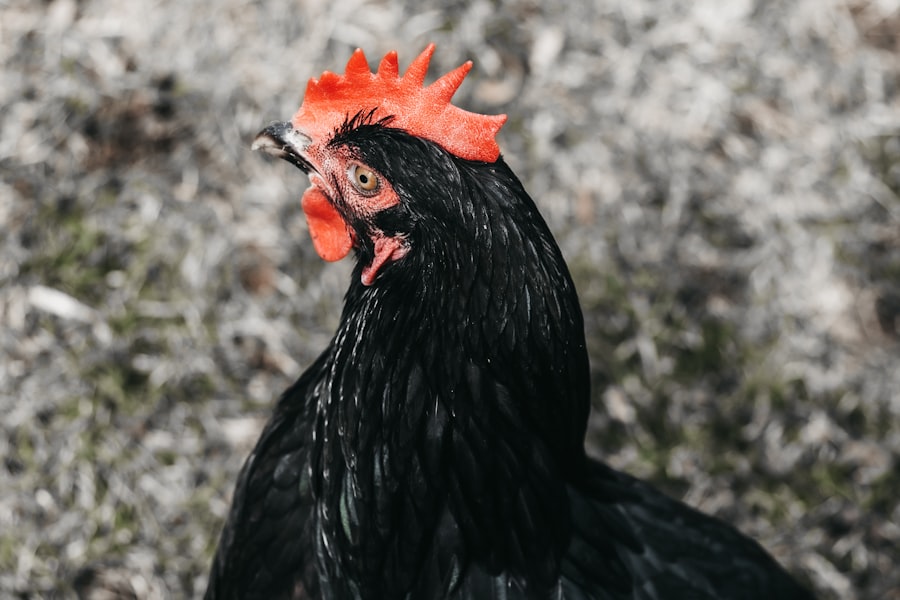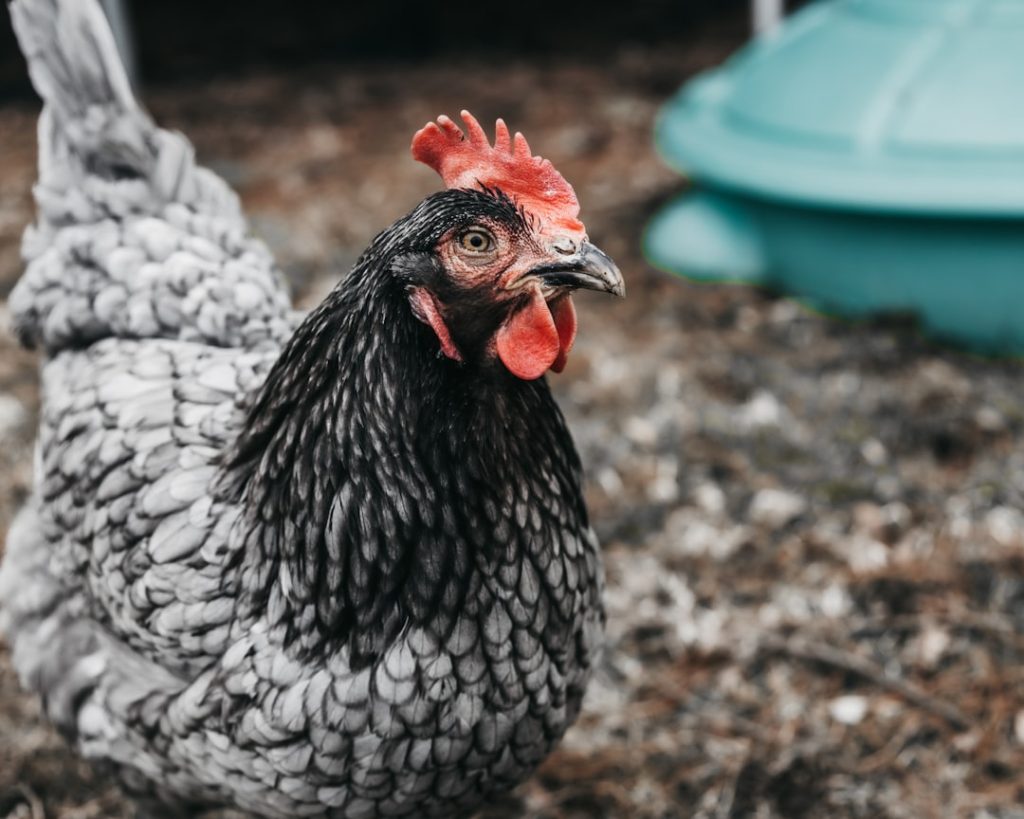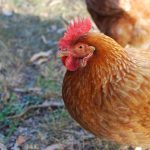When establishing a new farm, several initial costs must be taken into account. The primary expense is land acquisition, with prices varying significantly based on location, size, and quality. Fencing is another crucial investment to secure the property and protect livestock, with costs dependent on the chosen materials and property dimensions.
Infrastructure for animal housing and care is essential, including structures like barns and coops, as well as feeding and watering equipment. The cost of purchasing initial livestock or poultry is another significant factor, with prices fluctuating based on breed, age, and quality. Starting a farm requires substantial financial investment.
Careful budgeting and consideration of all potential expenses are crucial before embarking on this venture. Prospective farmers should thoroughly assess the costs of land, fencing, housing, equipment, and initial livestock to ensure they are financially prepared for the considerable startup expenses involved in establishing a farm.
Table of Contents
- 1 Housing and Equipment
- 1.1 Housing and equipment are crucial components of a thriving farm operation. Providing adequate shelter for your animals is vital to protect them from the elements and ensure their health and safety. This includes structures such as barns, coops, and nesting boxes, as well as roosts for poultry.
- 1.2 Feeding and Watering Equipment
- 1.3 Long-Term Benefits of Quality Housing and Equipment
- 2 Feed and Supplements
- 3 Health Care
- 4 Predation Protection
- 5 Annual Expenses
- 6 Unexpected Costs
- 7 FAQs
- 7.1 What are the initial costs of keeping chickens?
- 7.2 How much do chickens cost to feed?
- 7.3 What are the ongoing expenses of keeping chickens?
- 7.4 Are there any unexpected costs associated with keeping chickens?
- 7.5 Do different breeds of chickens have different costs associated with keeping them?
- 7.6 Are there any cost-saving measures for keeping chickens?
Key Takeaways
- Initial Costs:
- Initial costs for starting a farm include purchasing land, equipment, and livestock.
- Budgeting for initial costs is crucial for a successful start to a farming operation.
- Housing and Equipment:
- Proper housing and equipment are essential for the well-being of livestock.
- Investing in quality housing and equipment can lead to long-term cost savings and better animal health.
- Feed and Supplements:
- Budgeting for feed and supplements is a significant ongoing expense for livestock farming.
- Proper nutrition is crucial for the health and productivity of livestock.
- Health Care:
- Regular veterinary care and vaccinations are essential for maintaining the health of livestock.
- Budgeting for health care expenses is important for preventing and treating illnesses in livestock.
- Predation Protection:
- Implementing predator protection measures is crucial for safeguarding livestock from potential threats.
- Investing in predator protection can prevent unexpected losses and expenses.
- Annual Expenses:
- Annual expenses for livestock farming include feed, veterinary care, and maintenance costs.
- Budgeting for annual expenses is important for the long-term sustainability of a farming operation.
- Unexpected Costs:
- Unexpected costs can arise from weather events, disease outbreaks, or equipment failures.
- Building a financial buffer for unexpected costs is important for the resilience of a farming operation.
Housing and Equipment
Housing and equipment are crucial components of a thriving farm operation. Providing adequate shelter for your animals is vital to protect them from the elements and ensure their health and safety. This includes structures such as barns, coops, and nesting boxes, as well as roosts for poultry.
Housing Options and Costs
The cost of housing can vary significantly depending on the size and type of structures you choose, as well as the materials used in construction. From small coops to large barns, the options are endless, and the costs can add up quickly.
Feeding and Watering Equipment
In addition to housing, you’ll need to invest in feeding and watering equipment for your animals. This includes feeders, waterers, and storage bins for feed and bedding. The cost of this equipment can vary depending on the size of your operation and the type of animals you’re raising.
Long-Term Benefits of Quality Housing and Equipment
Investing in high-quality housing and equipment is essential for the health and well-being of your animals. It’s also a smart long-term investment for your farm, as it can help prevent costly repairs and replacements down the line. By prioritizing quality housing and equipment, you’ll be setting your farm up for success and ensuring a prosperous future.
Feed and Supplements

Feed and supplements are essential for keeping your animals healthy and productive. The cost of feed can vary greatly depending on the type of animals you are raising, as well as their age, size, and nutritional needs. In addition to basic feed, you may also need to invest in supplements such as vitamins, minerals, and probiotics to ensure that your animals are getting all of the nutrients they need.
The cost of supplements can vary depending on the type and quality of supplements you choose, as well as the size of your operation. When it comes to feed and supplements for your farm, it’s important to carefully consider the nutritional needs of your animals and invest in high-quality feed and supplements. Proper nutrition is essential for the health and productivity of your animals, so it’s important not to cut corners in this area.
Additionally, investing in high-quality feed and supplements can help prevent health problems and reduce veterinary costs down the line, making it a smart long-term investment for your farm.
Health Care
Health care is an important aspect of any successful farm operation. Just like any other living beings, animals can get sick or injured, so it’s important to be prepared for potential health care costs. This can include routine veterinary care such as vaccinations and check-ups, as well as treatment for illnesses or injuries.
The cost of health care for your animals can vary greatly depending on the type of animals you are raising, as well as their age, size, and overall health. When it comes to health care for your farm animals, it’s important to budget carefully and be prepared for potential health care costs. It’s also important to establish a good relationship with a local veterinarian who is experienced in working with farm animals.
Additionally, investing in preventative care such as vaccinations and good nutrition can help reduce the risk of illness and injury, making it a smart long-term investment for your farm.
Predation Protection
Predation protection is an important consideration for any farm operation. Predators such as coyotes, foxes, raccoons, and birds of prey can pose a threat to your livestock or poultry, so it’s important to take steps to protect them from potential predators. This can include investing in secure fencing and housing to keep predators out, as well as using deterrents such as noise makers or predator lights to scare off potential threats.
The cost of predation protection can vary depending on the size of your operation and the type of predators in your area. When it comes to predation protection for your farm animals, it’s important to carefully consider the potential threats in your area and invest in effective protection measures. It’s also important to regularly inspect your fencing and housing for any signs of damage or weakness that could allow predators to gain access to your animals.
Additionally, investing in predation protection can help prevent costly losses due to predation, making it a smart long-term investment for your farm.
Annual Expenses

Here is the rewritten text with 3-4 Annual Expenses for Farm Operations
=====================================
### Ongoing Costs to Consider
In addition to initial costs, there are several annual expenses to consider when running a farm operation. These ongoing costs can include feed and supplements, veterinary care, utilities such as water and electricity, property taxes, insurance, and maintenance costs for housing and equipment.
### Factors Affecting Annual Expenses
The cost of annual expenses can vary greatly depending on the size and type of your operation, as well as the number and type of animals you are raising.
### Budgeting and Cost Reduction Strategies
When it comes to annual expenses for your farm operation, it’s important to carefully budget for all potential costs and consider factors such as inflation and seasonal fluctuations in expenses. It’s also important to regularly review your expenses and look for ways to reduce costs without sacrificing the health or well-being of your animals. Additionally, investing in preventative measures such as regular maintenance for housing and equipment can help reduce long-term maintenance costs, making it a smart long-term investment for your farm.
Unexpected Costs
In addition to initial and annual expenses, there are also unexpected costs that can arise when running a farm operation. This can include unexpected veterinary bills for illness or injury, repairs or replacements for damaged housing or equipment due to weather or accidents, or other unforeseen expenses such as legal fees or fines. It’s important to be prepared for unexpected costs by setting aside a contingency fund or having access to credit or financing options in case of emergencies.
When it comes to unexpected costs for your farm operation, it’s important to be proactive in managing potential risks and preparing for unforeseen expenses. This can include regular maintenance for housing and equipment to prevent costly repairs or replacements down the line, as well as having a good relationship with a local veterinarian who is experienced in working with farm animals. Additionally, having a solid financial plan in place that includes a contingency fund can help provide peace of mind and financial security in case unexpected costs arise.
In conclusion, starting and running a successful farm operation involves careful consideration of various costs involved. From initial expenses such as land, fencing, housing, equipment, and livestock or poultry purchases to ongoing annual expenses such as feed and supplements, health care, predation protection, utilities, property taxes, insurance, maintenance costs, and unexpected expenses such as veterinary bills or repairs – there are many financial aspects to consider when running a farm operation. By carefully budgeting for all potential costs and investing in high-quality resources such as housing, equipment, feed, supplements, health care, predation protection measures – farmers can help ensure the long-term success and sustainability of their operations while providing a healthy environment for their animals.
If you’re considering keeping chickens, it’s important to factor in the cost of maintaining them. According to a recent article on Poultry Wizard, the cost of keeping chickens can vary depending on factors such as feed, housing, and healthcare. To get an idea of the expenses involved, you can check out their article on chicken coop run plans to help you budget for the housing aspect of keeping chickens.
FAQs
What are the initial costs of keeping chickens?
The initial costs of keeping chickens include purchasing the chickens themselves, a suitable coop, feeders, waterers, bedding, and any necessary permits or licenses.
How much do chickens cost to feed?
The cost of feeding chickens can vary depending on the type of feed and the number of chickens being kept. On average, it can cost around $15 to $30 per month to feed a small flock of chickens.
What are the ongoing expenses of keeping chickens?
Ongoing expenses of keeping chickens include feed, bedding, occasional veterinary care, and any necessary maintenance or repairs to the coop or other equipment.
Are there any unexpected costs associated with keeping chickens?
Unexpected costs of keeping chickens can include veterinary care for illness or injury, predator-proofing the coop and run, and replacing equipment that wears out over time.
Do different breeds of chickens have different costs associated with keeping them?
Yes, different breeds of chickens may have varying costs associated with keeping them. Some breeds may require more expensive feed, while others may have specific health or maintenance needs that can affect overall costs.
Are there any cost-saving measures for keeping chickens?
Cost-saving measures for keeping chickens can include buying feed in bulk, using DIY methods for coop and equipment maintenance, and sourcing free or low-cost bedding materials. Additionally, allowing chickens to free-range can reduce feed costs.

Meet Walter, the feathered-friend fanatic of Florida! Nestled in the sunshine state, Walter struts through life with his feathered companions, clucking his way to happiness. With a coop that’s fancier than a five-star hotel, he’s the Don Juan of the chicken world. When he’s not teaching his hens to do the cha-cha, you’ll find him in a heated debate with his prized rooster, Sir Clucks-a-Lot. Walter’s poultry passion is no yolk; he’s the sunny-side-up guy you never knew you needed in your flock of friends!


=====================================
Meet Walter, the feathered-friend fanatic of Florida! Nestled in the sunshine state, Walter struts through life with his feathered companions, clucking his way to happiness. With a coop that’s fancier than a five-star hotel, he’s the Don Juan of the chicken world. When he’s not teaching his hens to do the cha-cha, you’ll find him in a heated debate with his prized rooster, Sir Clucks-a-Lot. Walter’s poultry passion is no yolk; he’s the sunny-side-up guy you never knew you needed in your flock of friends!







